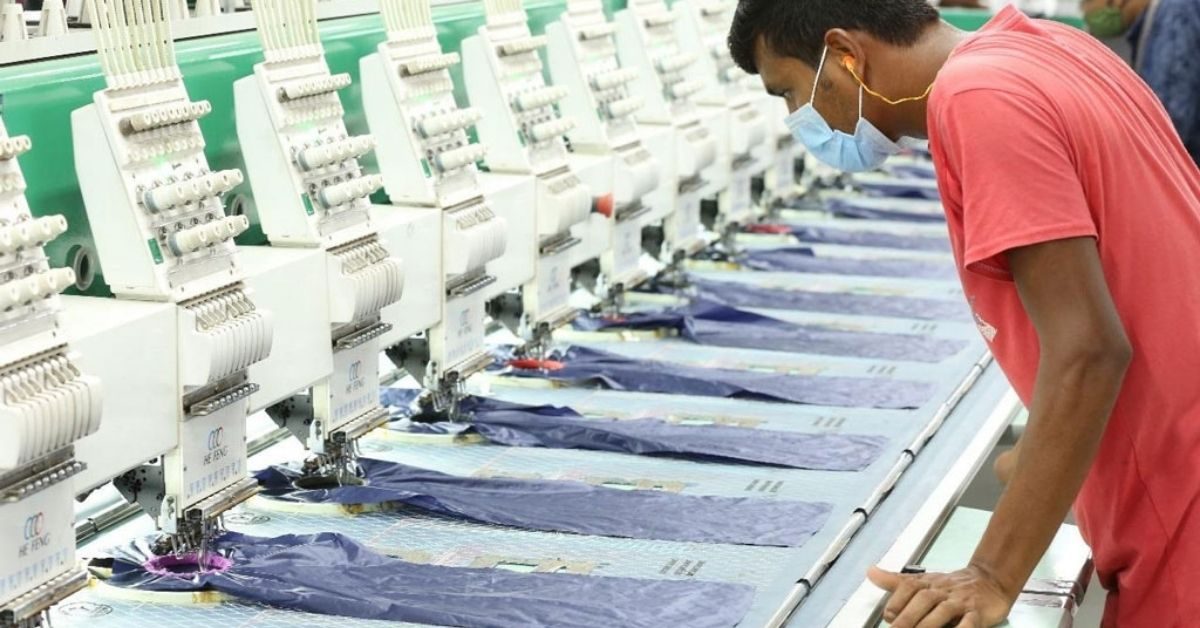Source: Business Standard
Under the finance ministry’s roadmap which is already in force from January this year with initial cuts in cash stimulus, other export sectors will have export incentives slashed by a third every year before being phased out by July 2026.
However, the export sectors will be compensated by a raft of alternative supports in the forms of electricity tariff waivers by up to 10%, exemption of licensing fees and import of capital machinery and spare parts paying at a maximum 1% duty. Export industries will be offered low-interest loans and tax breaks for green energy and effluent treatment plants, according to the commerce ministry’s policy draft.
Being the largest export sector, the RMG enjoys the most of the cash benefits that led to its spectacular rise in the last four decades and now stands to lose the most as the Bangladesh Bank already started to implement the roadmap in January.
Currently, 43 sectors enjoy incentives, most of which come as cash assistance, which almost all exporters of readymade garments enjoy. For them, the rate was 4%, which was reduced to 3%, as per the 30 January circular of the central bank. It also scaled down incentives for various other export sectors such as jute, frozen fish, potatoes, processed meat– some seeing a decline to zero from 10% or to 15% from 20%.
Apparel industry leaders are concerned about an adverse effect of withdrawal of cash incentives, saying the government needs to put substitutes in force to support export sector stay afloat and competitive after LDC graduation when duty-free access will end.







